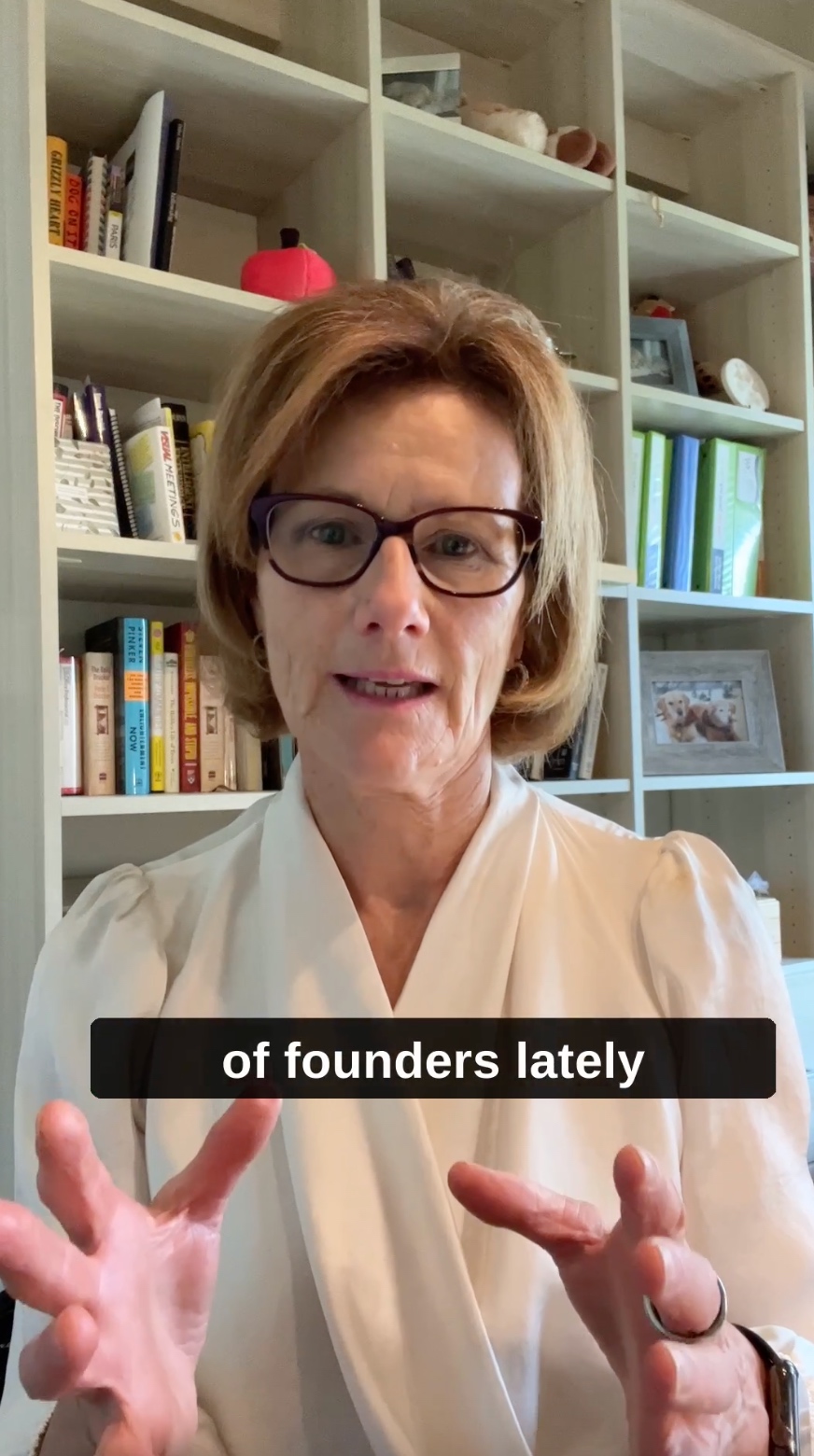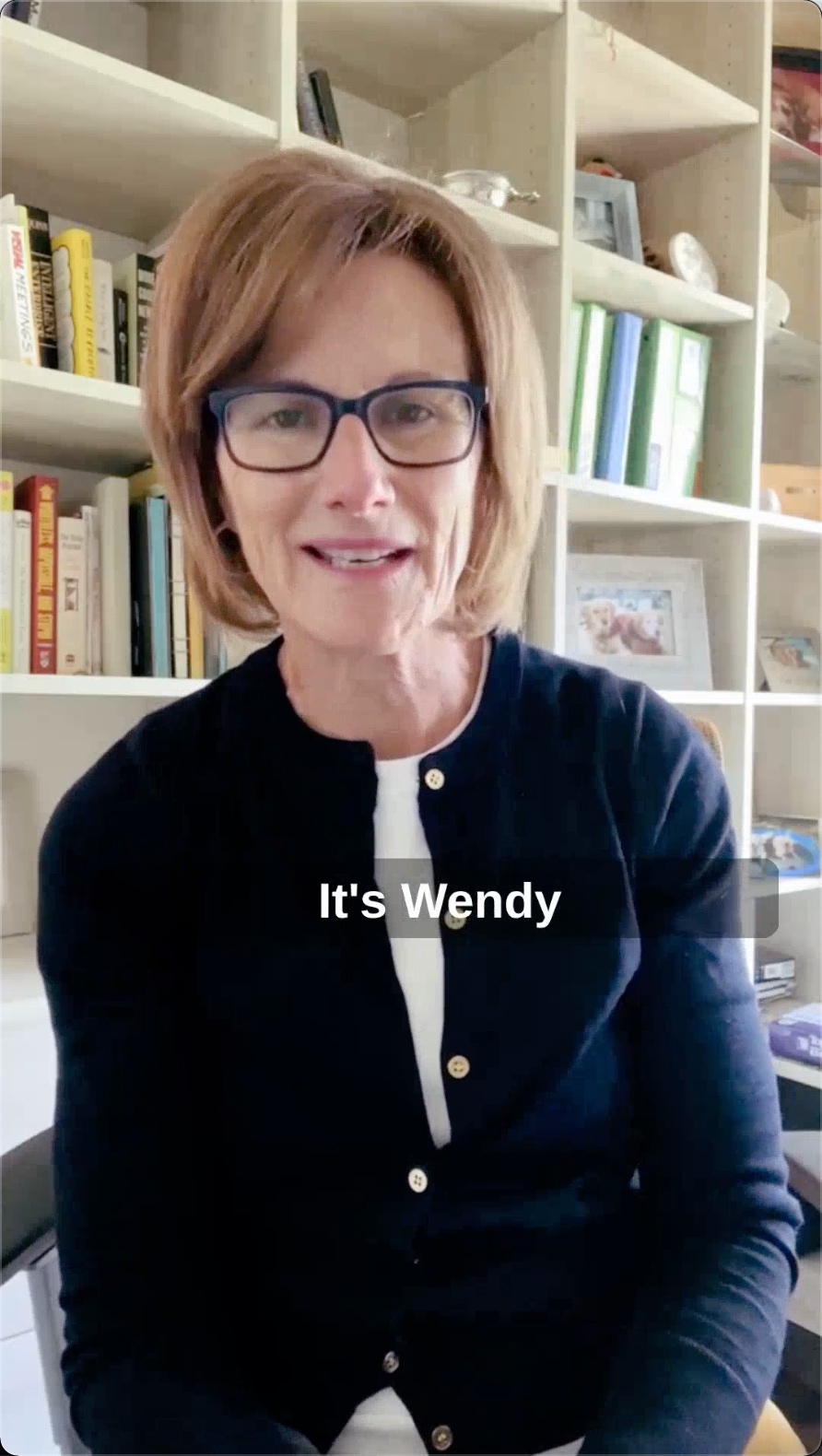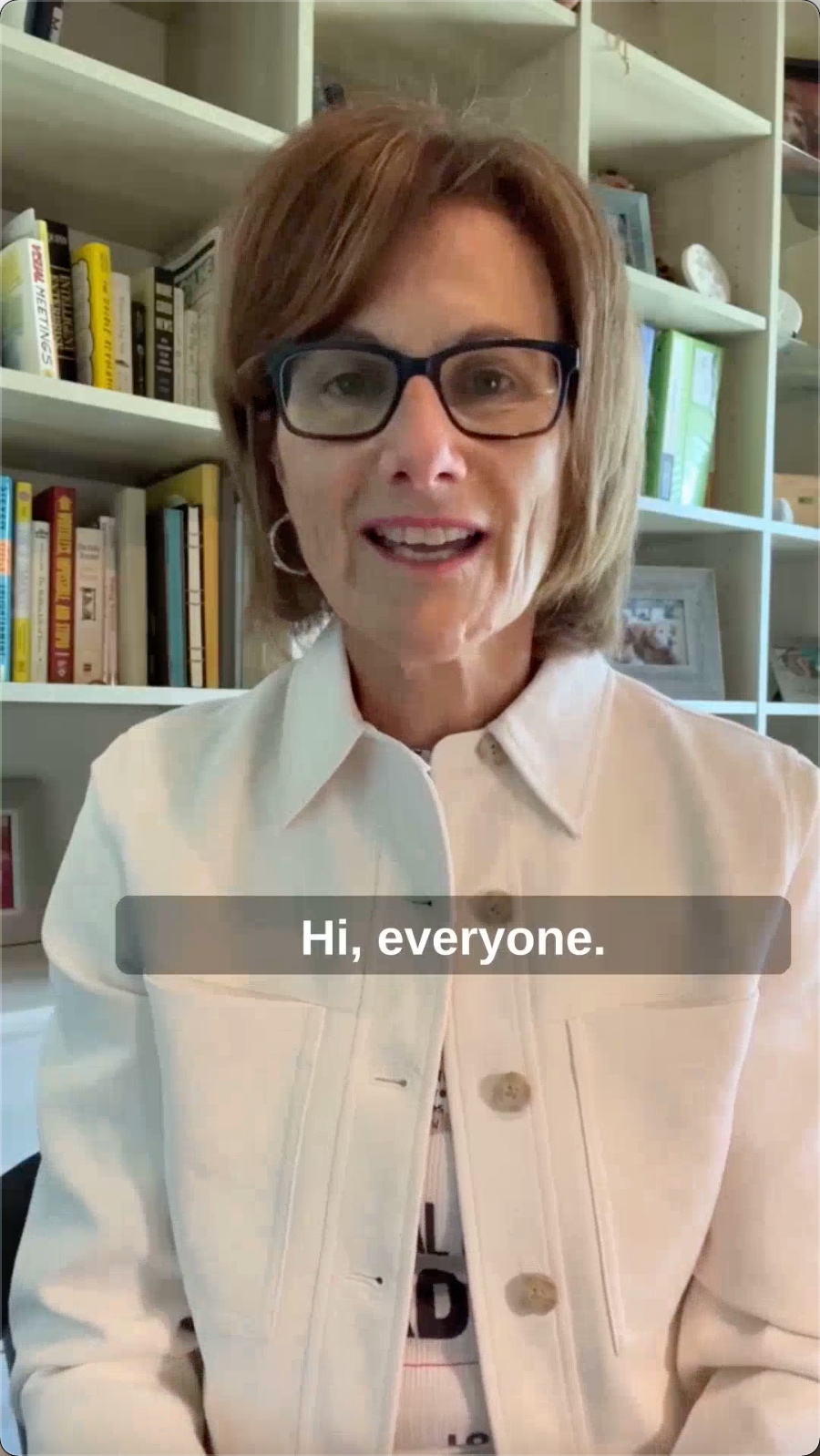When I reflect back to my tech startup days when we were on the napkin and starting out, I am reminded (and sometimes a little haunted LOL) by our inability to articulate the business problem we were proposing to solve. If there’s one thing I’ve learned, it’s that the problem is where you establish credibility to talk about your solution. It’s the foundation everything else is built upon and it permeates every aspect of your business value. To illustrate this point, consider the questions below often asked by investors, supporters, funding applications and yes, team members you are trying to hire:
- how burning is the problem? (importance)
- is the problem burning enough that someone will pay money to solve it? (paying customer)
- is the timing right to solve the problem? (market opportunity)
- how many people have this problem? (market size)
- what are the alternative ways to solve the problem? (competition)
- how frequent and intense is the problem? (leads to financial return)
- why are you the people to solve this problem? (team)
- is this problem worth solving? (ROI)
These are just some of the ways the problem weaves throughout your business. So, it’s a solid investment to dive deep into the problem(s) the customer is facing, the metrics being impacted, the pain points of different people in the organization, and of course, what we at WKI call “the reason to believe” – the data to support these claims and provide some level of proof – what evidence is there that the problem is a real, burning one worth solving. Wrap all of this into a storyline using the customer’s language and you are on your way to presenting a compelling problem statement.
Almost every innovator and company builder can benefit from help in developing this level of detail to articulate the problem. At WKI, this is what our visual design frameworks are designed to do – it’s been our experience that the more we break things down into stages and steps, the greater the chances that users get into specifics and develop deeper insights. When it’s all rolled up as one broad heading without steps, it’s open to interpretation and ambiguity. This is when people resort to arm waving and speaking in generalities versus demonstrating deep knowledge and insight.
Below is the start of some new thinking I’m working on for WKI’s What’s the Problem? Framework. It’s on the drafting board for revisions right now, so I’m hoping to get your feedback.
This framework designs the problem based upon four themes:
- Profile: I suggest people start by building a profile of who’s got the problem. Often innovators and entrepreneurs get confused about end user problems versus paying customer problems, so let’s help them get clarity around this.
- Pain: Next to look at pain points of the people and/or organizations in the profile. Encourage wide discovery here: productivity pains, financial pains, support pains, etc. Be aware of the difference between rational pains of organizations such as the ones here as well as emotional pains of the users — you want to investigate both.
- Problem: Pains roll up into problems, so at this stage we want to learn more about the problem itself — what is the frequency and intensity of the problem?, how critical and important is it to solve it?, how difficult is it to solve it? What is the cost of living with this problem?
- Proof: is the validation piece. What data do you have to support the claims being made? Can you provide evidence the problem is real/burning? Proof can come in many different forms: reports, customer conversations, industry forecasts, etc.
Something else entrepreneurs can consider adding is a fifth “P” for “People”: i.e., why are you the people to solve this problem (domain expertise, customer experience, etc.). This can be the icing on the cake if you have assets that give you special capabilities.
The intent of this step by step framework is to equip the founder with a solid understanding of the problem so they can speak with clarity and confidence about the problem when asked.
Again, every WKI design tool drives to a specific outcome — here, the outcome is a clear, compelling problem statement that demonstrates an understanding of the problem from the customer perspective.
We invite you to try this with your innovators and company builders to get a deeper, more insightful view of the problem they are proposing to solve.
As the founder of Google was quoted saying “Demonstrating that you understand the problem from the customer’s point of view, adds tremendously to your credibility you know how to solve it”.
We’d love to hear your thoughts and ideas to build on this framework. Drop us a note once you’ve taken a test drive with your company builders.
Be sure to sign up to this blog to receive updates on this and other tools and frameworks at WKI. It’s here on our blog that we post all the new thinking and works in progress for our user community, so don’t miss out!






